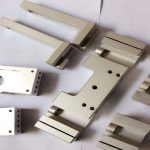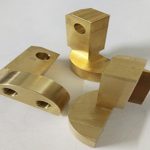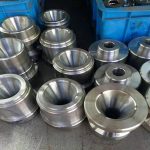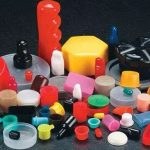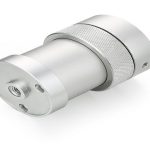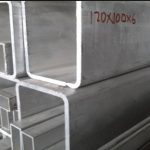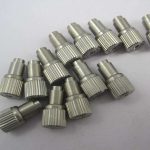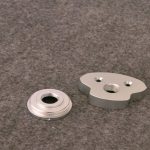For injection-molded plastic parts, laser transmission welding is already a mature industrial joining process. However, for components from 3D printers, the connection does not work because the cavities and boundary layers in the 3D printed components prevent uniform welding. These cavities and boundary layers are independent for each component, because in additive manufacturing, no two components are the same. Even the components of the same series have the same appearance; the internal structure can be different.
Expert system replaces time-consuming analysis
In order for small and medium enterprises (SMEs) to use laser welding of 3D printed plastic components without having to analyze each component in detail, IPH and LZH scientists hope to develop an expert system and bundle process knowledge in this computer program.
In the “Quality assurance in laser welding of additively manufactured thermoplastic components (QualLa)” project, researchers are studying Fused Deposition Modeling (FDM) for this purpose. In this additive manufacturing process, thin molten plastic threads are layered on top of each other.
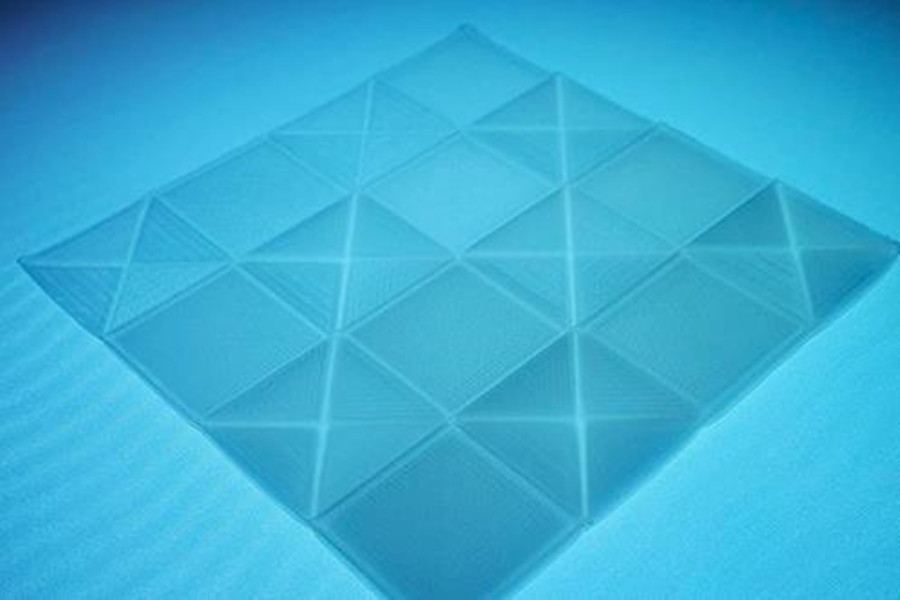
3D printed sample components: The so-called transmittance, or light transmittance, depends on the layer thickness and layer orientation. (Photo: Hannover Laser Center)
Even before the start of the 3D printing process, the expert system should provide advice on which material, which layer thickness and which layer direction is best for achieving the highest possible transmission-in other words, the highest possible penetration of the laser beam. Thanks to this preliminary work, the printed components can be optimally welded in the future.
Use AI to adapt processes to components
In addition, scientists hope to develop a method to measure transmission with spatial resolution. This involves determining at which point and to what extent the laser beam of a single component is transmitted. Then, with the help of an expert system, these data will be used to control the laser transmission welding process.
If the laser beam transmits less at a certain point, the laser power must be increased. If the component is more transparent at another point, a lower laser power is sufficient. The researchers’ goal is to develop a process control system that adjusts the laser power as a function of transmission to produce a uniform weld seam even if the 3D printed part cannot transmit the laser beam uniformly.
Scientists hope to use machine learning methods to process information. The plan is to use neural networks, a type of artificial intelligence that enables expert systems to learn. The system will learn to independently recognize the correlation between various input variables and printed results, thereby predicting the expected transmission.
Use laser transmission welding to join plastics
Laser transmission welding can be used to join parts made of thermoplastics-non-contact, automated, mechanical and low thermal stress. Two joining partners-one made of transparent plastic and one made of opaque plastic-are welded to each other with a laser beam. The laser beam penetrates the transparent bonding partner, and once it hits the opaque plastic, the laser is absorbed and converted into heat. As a result, the plastic in the connection area melts and a weld seam is produced.
IPH and LZH are working closely with the industry on research projects. The committee accompanying the project includes companies from the fields of laser technology, additive manufacturing, and plant engineering. Other companies are welcome to participate in the project-companies involving artificial intelligence or additive manufacturing are particularly sought after.
Link to this article:Optimize 3D printed components for laser beam welding
Reprint Statement: If there are no special instructions, all articles on this site are original. Please indicate the source for reprinting:https://www.cncmachiningptj.com/,thanks!
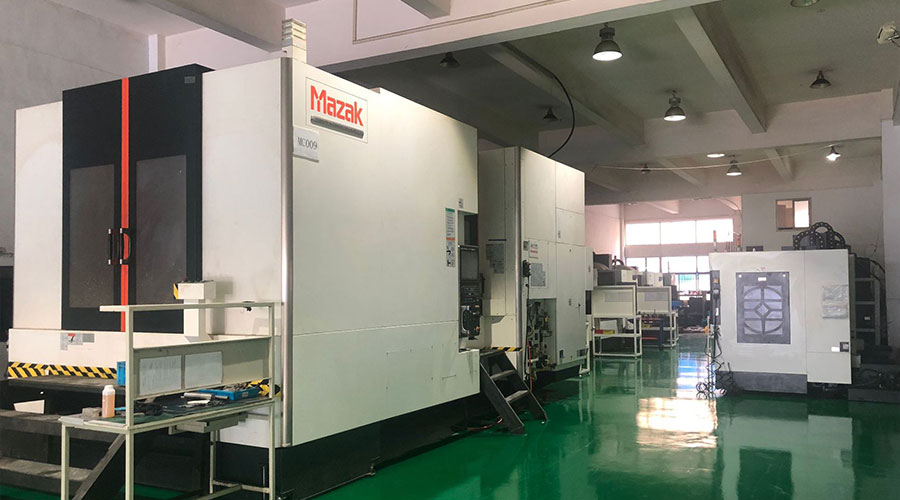 Sheet metal, beryllium, carbon steel, magnesium, 3D printing, precision CNC machining services for heavy equipment, construction, agriculture and hydraulic industries. Suitable for plastics and rare alloys machining. It can turn parts up to 15.7 inches in diameter. Processes include swiss machining,broaching, turning, milling, boring and threading. It also provides metal polishing, painting, surface grinding and shaft straightening services. The production range(include aluminum die casting and zinc die casting) is up to 50,000 pieces. Suitable for screw, coupling, bearing, pump, gearbox housing, drum dryer and rotary feed valve applications.PTJ will strategize with you to provide the most cost-effective services to help you reach your target,Welcome to Contact us ( [email protected] ) directly for your new project.
Sheet metal, beryllium, carbon steel, magnesium, 3D printing, precision CNC machining services for heavy equipment, construction, agriculture and hydraulic industries. Suitable for plastics and rare alloys machining. It can turn parts up to 15.7 inches in diameter. Processes include swiss machining,broaching, turning, milling, boring and threading. It also provides metal polishing, painting, surface grinding and shaft straightening services. The production range(include aluminum die casting and zinc die casting) is up to 50,000 pieces. Suitable for screw, coupling, bearing, pump, gearbox housing, drum dryer and rotary feed valve applications.PTJ will strategize with you to provide the most cost-effective services to help you reach your target,Welcome to Contact us ( [email protected] ) directly for your new project.
Link to this article:Optimize 3D printed components for laser beam welding
Reprint Statement: If there are no special instructions, all articles on this site are original. Please indicate the source for reprinting:Tungusten,Thanks!^^

